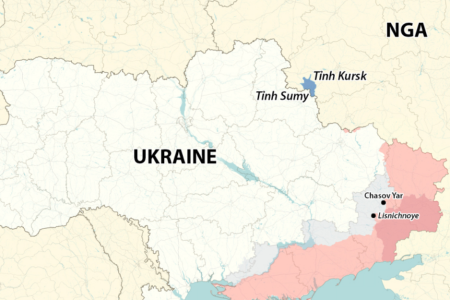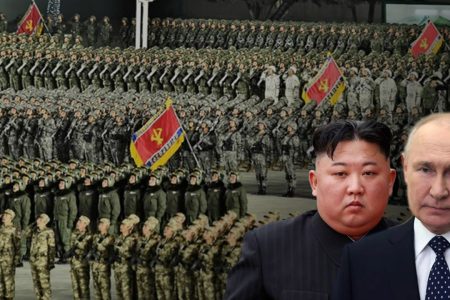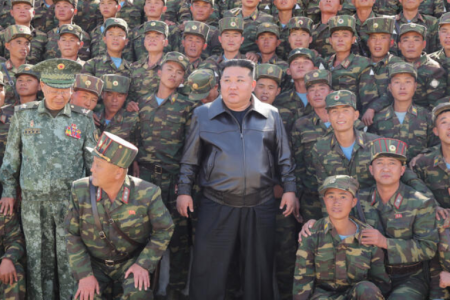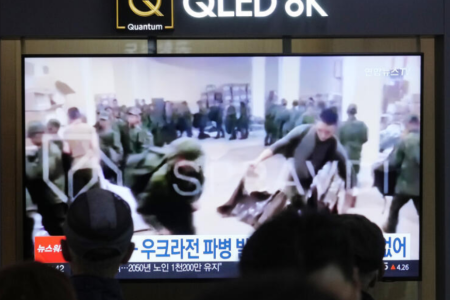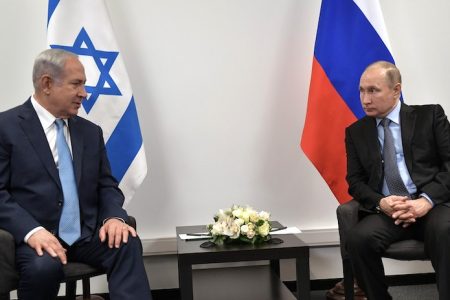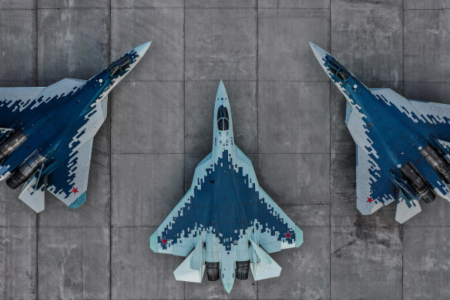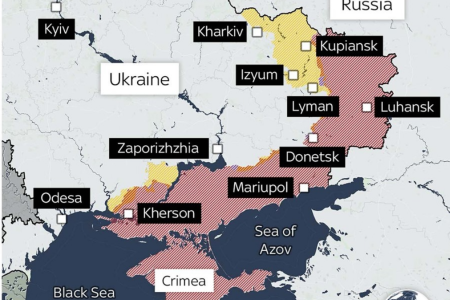
China’s aggressive actions to expand its power in the South China Sea in the past time have worried many Southeast Asian countries. The Director-General of the Indonesian Maritime Safety Authority recently announced that he would invite the maritime directors of the five-member countries of the Association of Southeast Asian Nations (ASEAN) – including Brunei, Malaysia, the Philippines, Singapore, and Vietnam – to hold a conference in February 2022 to discuss possible joint responses to China’s behavior in the South China Sea (1).
The list of countries invited by Indonesia to the meeting is attracting international attention. Three of them, Malaysia, the Philippines, and Vietnam, currently control several atolls in the Truong Sa (Spratlys). Brunei has never officially claimed two geographical features within its EEZ, but the fact that China’s “nine-dash line” is close to Brunei’s coast is truly “annoying.” Jakarta is a party to the dispute because China’s controversial “nine-dash line” overlaps Indonesia’s EEZ. Singapore is not a party to the dispute but may have been invited as a major transit hub. It has a definite interest in the stability of the South China Sea and the free flow of maritime commerce.
China strengthens its threat in the South China Sea
Although Southeast Asian countries and China maintain close economic-trade exchanges, they are still concerned about China’s growing military power in the South China Sea.
South China Sea countries are increasingly being threatened by China’s “gray zone” tactics. Over the past 10 years, China has stepped up its claims in the South China Sea area and built artificial islands in the Hoang Sa (Paracels) and the Truong Sa (Spratlys), making Southeast Asian countries’ claims in the sea always collide with China. Beijing has repeatedly violated the sovereign rights of its neighbors by deploying hundreds of fishing boats, survey ships, and drilling rigs into their EEZs, often escorted by coast guards or China’s Navy.
The Philippines, which has frequent disputes with China over the South China Sea, recently signed a contract to order two new warships from South Korea’s Hyundai Heavy Industries, pushing to modernize the country’s navy to respond to the challenge of disputes in the sea. Due to the decline of national strength, the combat power of the Philippine navy in recent decades has gradually decreased, even the country is still using American warships during the Second World War. It was not until 2010 when Benigno Aquino became President that the Philippines pushed for naval modernization. The two frigates Manila ordered from South Korea this time will mainly be used to protect Philippine ships from attack. Previously, the Philippines also ordered two coast guard ships and three amphibious ships from Australia. Recently, the Philippines has announced that it will spend $ 520 million to buy India’s Bramos missiles to improve its maritime defense capabilities (2).
Besides, China has also arisen many maritime disputes with Indonesia in the past five years. Indonesia has criticized China for regularly sending large fishing vessels into Indonesia’s Exclusive Economic Zone (EEZ) near the Natuna Islands under the escort of the coast guard and maritime militia. In the last months of 2021, China and Indonesia had a low-level confrontation due to Jakarta’s exploratory drilling of an oil field near the Natuna Islands. The Chinese side asked Indonesia to stop oil and natural gas exploration in this area, but Indonesia refused and completed the exploration project within six months.
To cope with the situation in the South China Sea, Malaysia has also increased its combat strength and intends to buy 33 used F/A-18C/D Hornet fighters. At the end of May 2021, a fleet of 16 military aircraft including China’s Y-20, IL-76 entered the waters under Malaysia’s jurisdiction and Kota Kinabalu flight information zone, causing the government and opponents to both the establishment as well as the Malaysian military criticized this move of China, and also caused Malaysia to improve the combat capability of the navy.
In 2020, Vietnam was forced to pay about 1 billion to international energy companies after it had to cancel offshore oil and gas exploration contracts due to pressure from China (3).
For that reason, a discussion about how regional coast guards can effectively respond to Beijing’s gray zone tactics would be helpful. The conference hosted by Indonesia in February is likely to strengthen the six countries’ positions towards China.
Will this attempt be successful?
In 2014, the Philippines – then legally challenging the “nine-dash line” in the Arbitral Tribunal – called for a meeting of the four disputing parties. However, at the last moment, Brunei “cowardly” withdrew. It is not clear what the other three countries discussed, but they did not sit down again after that.
Although the South China Sea states of Southeast Asia are facing the same problem, their cooperation is very poor. There are three main reasons to explain this poor cooperation.
The first is that the overlapping territorial claims have not been resolved and the maritime boundaries between these countries have not been demarcated. In the Spratlys, Vietnam claims all of the islets occupied by Malaysia and the Philippines, while the two countries also claim each other’s atolls. While some progress has been made in recent years, Southeast Asian governments have yet to delineate overlapping EEZs. The disputes between these countries, although not as acute as they were in the 1990s, are still an obstacle to cooperation.
Second, the Southeast Asian claimants are taking different approaches to the South China Sea issue. Vietnam has taken a tougher line against China and has clearly shown its determination to fight back when necessary. The Philippines “circles” between standing up against Beijing (under Presidents Ramos and Benigno Aquino) and trying to please this “giant” neighbor (under Presidents Arroyo and Duterte). Malaysia sought to downplay the dispute while Brunei remained largely silent. Indonesia’s attitude towards China’s actions in the sea is also unclear.
The third is the general concern that any concerted effort could trigger a backlash from China. Beijing does not want the disputing parties to discuss among themselves and take a common position, preferring instead to “divide and rule” – that is, bilateral negotiations. Even Beijing has pushed to “set aside disputes and jointly exploit” – a plan that is completely beneficial to China and detrimental to other East Sea countries.
Coordination prospects of the South China Sea countries in the near future
After this meeting, will these five South China Sea countries be able to gather into an “alliance” to resist Beijing’s coercion and intimidation?
Indonesia’s attitude in 2021 towards China’s aggressive actions towards its North Natuna region is very confusing. However, in the face of China’s growing threat, Jakarta may eventually find itself looking for alignment in countering these threats.
However, according to expert Ian Storey, what will the representatives of these five countries discuss? A united front against China’s claims would provoke a harsh response from Beijing. Are the South China Sea countries “courageous” enough to face this? However, there could be talks about raising maritime domain awareness, sharing best practices, and even intelligence synthesis (4).
If the invited countries do not respond or do not attend, it is tantamount to a victory for China, prompting Beijing to strengthen its “divide and rule” strategy to further undermine unity. of ASEAN in this regard.
Therefore, this is also an opportunity for the South China Sea countries, to show and utilize the strength of solidarity to be able to jointly fight the threat from China in the sea.
Thoibao.de (Translated)
Notes
- https://www.benarnews.org/english/news/indonesian/indonesia-china-south-china-sea-12282021153333.html
- https://www.9news.com.au/world/philippines-buys-brahmos-anti-ship-missile-south-china-sea-tensions/74552b82-897b-4d39-8998-ce1864a5b8ed
- https://www.chathamhouse.org/2022/01/new-alignments-are-looming-south-china-sea
- https://www.thinkchina.sg/south-china-sea-dispute-why-cant-southeast-asian-countries-stand-united-against-chinas-claims



